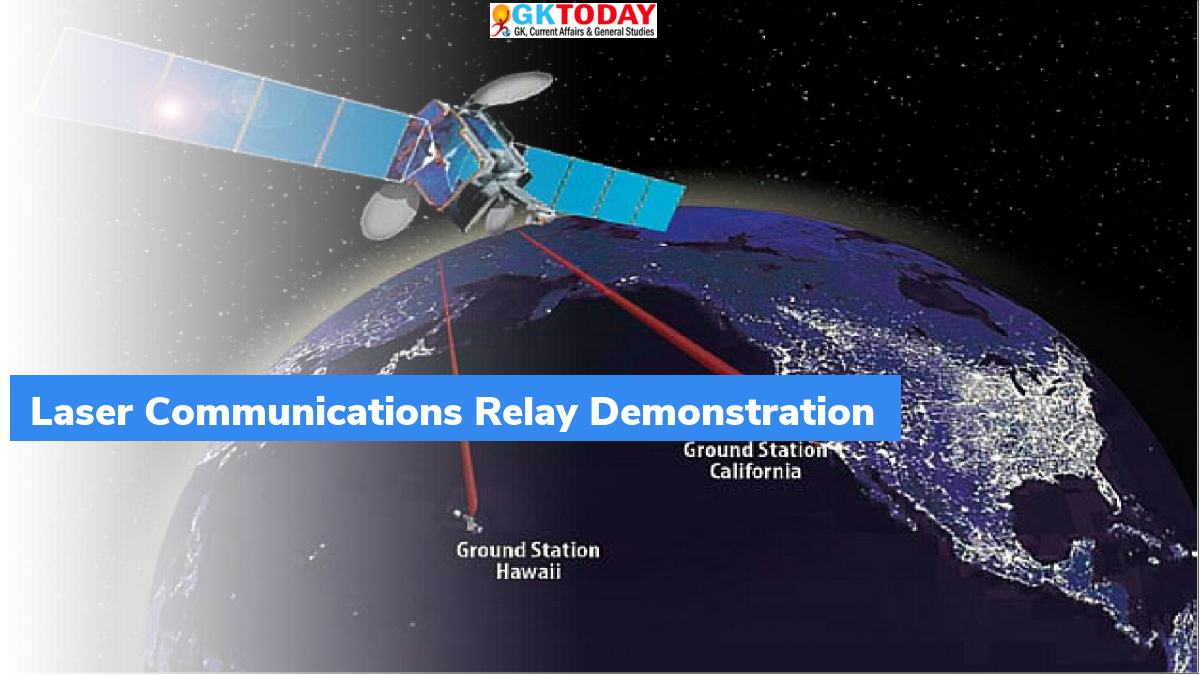NASA launches Laser Communications Relay Demonstration (LCRD)
On December 7, 2021, NASA launched its new Laser Communications Relay Demonstration (LCRD) from Cape Canaveral Space Force Station in Florida.
Key Points
- LCRD is the first-ever laser communications system of NASA.
- It will help NASA in test optical communication in space.
- Presently, most of the NASA spacecraft use radio frequency communications to send data.
- But the Optical communications will help in increasing the bandwidth by 10 to 100 times as compared to radio frequency systems.
- LCRD will also demonstrate all of the advantages of using laser systems.
- With this capability, laser communications can be implemented on more missions in a bid to standardise way to send and receive data.
Features of LCRD
- LCRD comprises of two optical terminals:
- One of the terminals is used to receive data from a user spacecraft.
- While, the other terminal is used to transmit data to ground stations.
- LCRD also has modems, which will translate digital data into laser signals.
- These signals will then be transmitted through encoded beams of light.
- These capabilities of LCRD make it NASA’s first two-way, end-to-end optical relay.
Advantage of Laser communication systems
- Laser communications and radio waves make use of different wavelengths of light.
- Laser system uses infrared light and is having a shorter wavelength as compared to radio waves. It will help in transmitting more data in a short time.
- As per NASA’s estimate, it would take around nine weeks to transmit a completed map of Mars back to Earth using the current radio frequency systems. While, with laser systems, it can be accelerated to around nine days.
- LCRD will send data to Earth at 1.2 gigabits-per-second (Gbps), using infrared lasers. With this speed, one can download a movie in less than a minute.
- Optical communications systems are having smaller size & weight. They require less power as compared to radio instruments.
What is hosting the LCRD?
LCRD payload is hosted onboard the Space Test Programme Satellite 6 (STPSat-6) of the US Department of Defense Space. It will be in a geosynchronous orbit, about 35,000 km above Earth.
Month: Current Affairs - December, 2021


